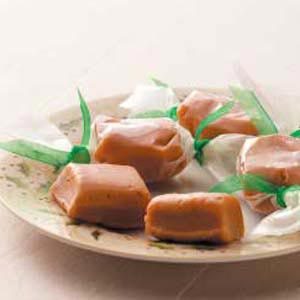So here it is October and the leaves are beginning to fall. The highs tomorrow are supposed to reach a whopping 65 degrees.
The summer found me way to busy to blog ,but here I am with a little spare time and a lot to write about. Here is a small excerpt from a draft that I never finished. As you can see I never made it past 7a.m....
It has been over a month since my last post. As every gardener knows this is the time of year where you work half days... A full 12 hours at least. Tonight I was going to fold my leaning tower of laundry but my most wonderful husband reminded me that I had been working since 6 and here it is 9. The laundry can wait another night.
Today I canned 50 pounds of tomatoes and made cheese from 5 gallons of goat milk. Yesterday ,our family harvested vegetables,made fig preserves,and pickled peppers. We also canned the pickles we made last week. Each of these topics deserves their own blog and I will get to it eventually. Today I want to give you an idea of what a day on our farm looks like during peak season.

6 a.m. -cock-a doodle-do,literally over and over again. No need for an alarm time to wake up.
The goat is bellowing as I prepare my milking supplies. I am scrupulous about the cleanliness of my milk since we drink it raw. I scrub and boil the pail and anything that comes in contact with it.6:30 it's outside with the goats. Feeding,brushing, and milking my two goats takes about 30 minutes.
 Now usually I'm inside by 7 with coffee brewing and breakfast being prepared by my husband or daughter,
Now usually I'm inside by 7 with coffee brewing and breakfast being prepared by my husband or daughter,This morning however we were trying to coax pigs back into their pens as my oldest son forgot to turn on the electric fence last night....
 Now instead of boring you with my day to day routine, let me bid farewell to summer and thank God for his bounty, for truly I have been blessed.This summer brought fresh flowers to adorn our home, and fresh veggies to adorn our plates. What we couldn't use or sell,
Now instead of boring you with my day to day routine, let me bid farewell to summer and thank God for his bounty, for truly I have been blessed.This summer brought fresh flowers to adorn our home, and fresh veggies to adorn our plates. What we couldn't use or sell,we canned. Our pantry is now filled with hundreds of jars pickles, pickled okra, pickled peppers, watermelon rind pickles,roasted red peppers, tomato sauces, ketchups, and preserves of all kinds. We have 5 gallons of homemade vinegar, 3 gallons of tomato wine, and 3 gallons of water melon wine. We are fermenting 7 gallons of hot sauce and have a half a bushel more of hot peppers in the freezer. We have a freezer full of veggies, and to top it off we picked up our pig from the butcher today. My grandmother always told me that you can use every part of the pig excepting the squeak.With that in mind, we volunteered to accept any organ meat that was not wanted from our customers. I have two huge bags full.
So this week begins my adventure in whole beast eating. A few years ago I experimented with head cheese, with that under my belt, salted dried pork liver should be a breeze.










 I
I






































